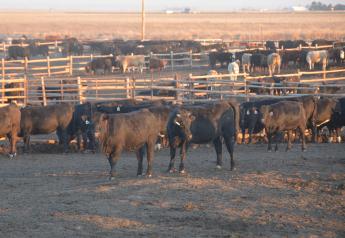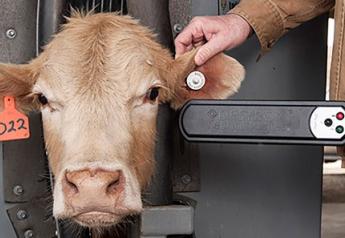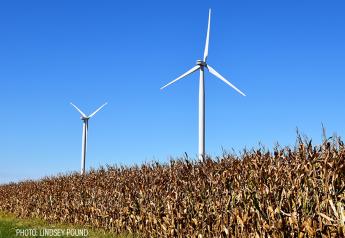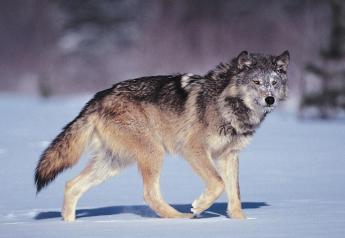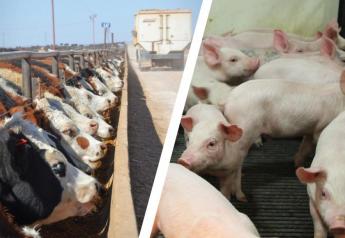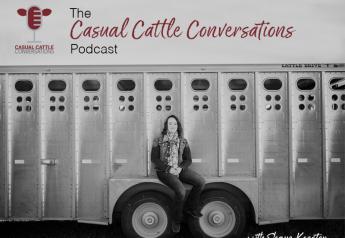Ranchers Need to be Alert for Acorn Poisoning in Cattle
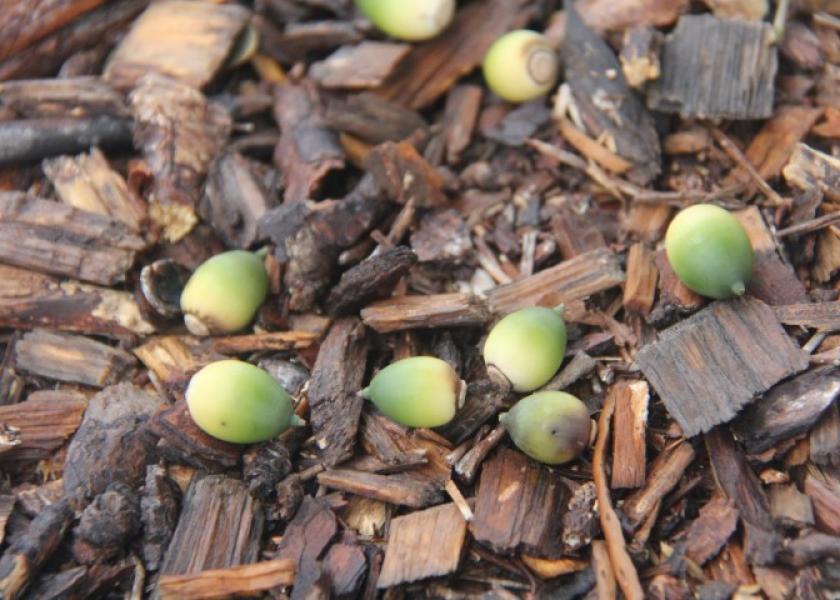
Autumn’s generous acorn crop may be great for deer, but could be deadly for cattle, said Tom Troxel, associate head-Animal Science, for the University of Arkansas System Division of Agriculture.
“Arkansas, where cattle are frequently grazed on pastures that may contain oak timber, the possibility exists for cattle to consume acorns,” he said. An occasional acorn isn’t a threat, but too many open the door to acorn poisoning.”
Troxel said cattle eat acorns for a variety of reasons.
“Rainfall has been below average in August, September and October, leaving fall pastures’ forage short, stemmy, fibrous and not very nutritious,” he said. “And with this recent cold snap, cattle need more calories to stay warm, so they’re eating whatever they can find and that often includes acorns.”
Tannins are the toxic agents found in acorns, Troxel said.
“Consumption of tannins can lead to gastrointestinal problems, severe kidney damage and death,” he said. “Some cattle may consume acorns and experience no ill effects, while others suffer severe disease.”
Many species of oaks are considered toxic to animals. They typically affect cattle and sheep, and they also can occasionally cause toxicity in horses.
Acorns aren’t the only danger. Poisoning can also arise when cattle consume buds and small leaves from standing or cut trees in the spring, he said.
Early signs associated with acorn poisoning are abdominal pain, poor appetite, diarrhea that’ often black or bloody in color, and occasional constipation. As the disease progresses there maybe signs of kidney failure. Affected cattle will show symptoms of dehydration, increased thirst, general weakness, weight loss, frequent urination and a rapid, weak pulse. Edema, or fluid-swollen tissue, may be seen in the chest, legs and abdomen.
“Since there is no specific antidote for acorn poisoning, treatment is limited,” Troxel said. “A veterinarian could be contacted immediately.”
Preventing acorn poisoning
Prevention is the best medicine for acorn poisoning.
Keep cattle away by fencing off an area where oaks are prevalent. If that’s not possible, giving the cattle a supplement that contains 10 percent hydrated lime - calcium hydroxide - will lessen the hazard of acorn poisoning.
Because cattle find hydrated lime unpalatable by itself, ranchers should combine it in with a ration made up of:
- 44 percent cottonseed or soybean meal,
- 40 percent dehydrated alfalfa meal, corn or cotton seed hulls,
- 6 percent vegetable oil or molasses and
- 10 percent hydrated lime
That ration can be fed at a rate of 3-4 pounds per head per day for adult cattle and 1-2 pounds per head per day for calves.
Hydrated lime can also be placed into a pelleted ration to get the desired consumption rate.
“The goal is to get cows to consume around 0.4 pound of hydrated lime per day,” Troxel said. “The molasses or vegetable oil is important to keep the hydrated lime from settling out of the ration and to increase palatability.
“Cattle that are not commonly fed grain should be slowly acclimated to consuming the full ration,” he said. “
Another strategy is to provide cattle with additional food sources so they’ll be less likely to search for acorns when grazing short pastures.
Source: University of Arkansas Cooperative Extension Service


